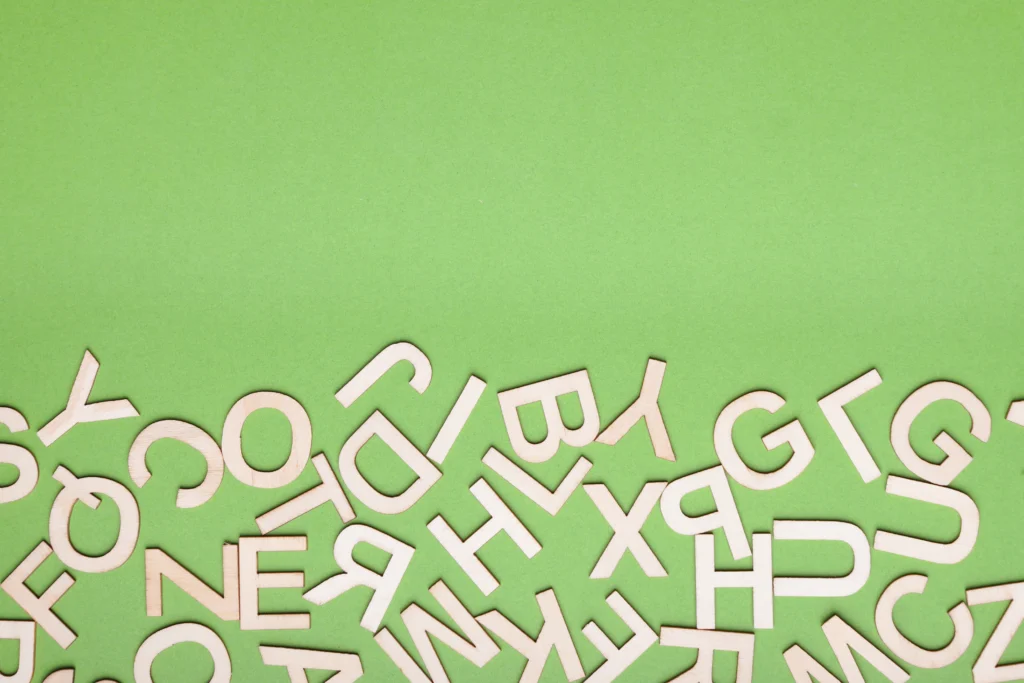
Typography plays an essential role in visual storytelling, and movies often rely on fonts to convey mood, style, and context. Among the many font categories, serif fonts stand out due to their classical appeal, formal aesthetic, and legibility. From title sequences to movie posters, serif fonts have been used in various films across genres to establish distinct visual identities. This article explores the significance of serif fonts in movies, their evolution, and notable examples from cinema history.
Serif fonts are typefaces characterized by the small lines or strokes attached to the end of letters. These “serifs” give the fonts their name and help guide the reader’s eye along the text, enhancing readability. Serif fonts are typically associated with traditional, elegant, and formal settings, making them a popular choice for both print and digital media. Common examples of serif fonts include Times New Roman, Georgia, and Garamond.

The use of serif fonts in movies is driven by their versatility and ability to evoke a sense of gravitas. Filmmakers often employ serif fonts to create a timeless and authoritative look, suitable for films set in historical periods, dramas, or epics. The rich heritage of serif fonts also makes them an ideal choice for movie posters and opening titles that aim to establish a lasting impression.
Over the years, serif fonts have evolved in the context of cinema. Early films, particularly from the Golden Age of Hollywood, heavily relied on serif fonts to establish prestige and grandeur. As graphic design trends shifted, filmmakers began experimenting with serif variations, incorporating modern and transitional serifs to reflect contemporary sensibilities while retaining the sophistication of classical fonts.

During the early days of cinema, classical serif fonts were commonly used in movie titles and promotional materials. Fonts like Garamond and Bodoni, known for their refined elegance, were popular choices for films that aimed to project a sense of importance and professionalism. These serif fonts helped establish the serious tone and artistic merit of early films, contributing to their cultural significance.
As cinema evolved into the modern era, so did the use of serif fonts. Transitional serif fonts, such as Baskerville and Times New Roman, became prominent in films that aimed to balance tradition with modern design. These fonts feature subtle contrasts between thick and thin strokes, providing a more contemporary yet still sophisticated feel. Transitional serifs are often seen in movie credits, end titles, and period dramas where an air of historical accuracy is important.

Throughout the years, many iconic films have utilized serif fonts in their promotional materials, opening titles, and closing credits. Below are some notable examples of movies that successfully incorporate serif fonts:
One of the most iconic uses of serif fonts in film history, “The Godfather” (1972) features a bold serif font in its title sequence. The serif font evokes a sense of seriousness and timelessness, perfectly capturing the film’s theme of family, loyalty, and power. The choice of a strong, classical serif font also reflects the film’s gravitas and cultural significance.
The 2005 adaptation of “Pride and Prejudice” uses a delicate serif font for its opening credits and promotional materials. The font’s graceful curves and refined serifs align with the film’s romantic and historical narrative, emphasizing the elegance of the 19th-century setting. The serif font chosen here adds to the film’s authenticity and its portrayal of literary sophistication.
In Baz Luhrmann’s “The Great Gatsby” (2013), a luxurious serif font is used in the promotional materials to evoke the glamour and opulence of the 1920s. The serif font reflects the extravagance and excess associated with the Jazz Age, while also hinting at the underlying tragedy of the story. The bold, art-deco-inspired serif font complements the film’s grandiose visual style.
Movie posters play a crucial role in marketing films and enticing audiences. Serif fonts are often used in movie posters to communicate the tone, genre, and style of a film. For example, a classic serif font may be used for a historical drama, while a more modern serif font might be chosen for a suspense thriller. Below are some common uses of serif fonts in movie posters:
Serif fonts are frequently used in movie credits due to their readability and professionalism. The closing credits of a film are where serif fonts shine the most, as their clean, classic lines make them easy to read even at smaller sizes. This is particularly important in credits sequences, where large amounts of text must be presented in a legible and aesthetically pleasing manner. Fonts such as Times New Roman, Baskerville, and Georgia are common choices for end credits, ensuring that the text is both elegant and clear.
Serif fonts have played an integral role in the visual identity of films, offering elegance, legibility, and authority. From classic Hollywood titles to modern blockbusters, serif fonts have been a constant in the movie industry. Whether used in opening titles, movie posters, or credits, serif fonts help set the tone and create a memorable visual experience. Their versatility ensures they remain a popular choice for filmmakers, allowing them to adapt to a wide range of genres and styles.
In conclusion, the continued use of serif fonts in movies underscores their enduring appeal and their ability to evoke powerful emotions. As film and design trends evolve, serif fonts will undoubtedly continue to shape the visual language of cinema.